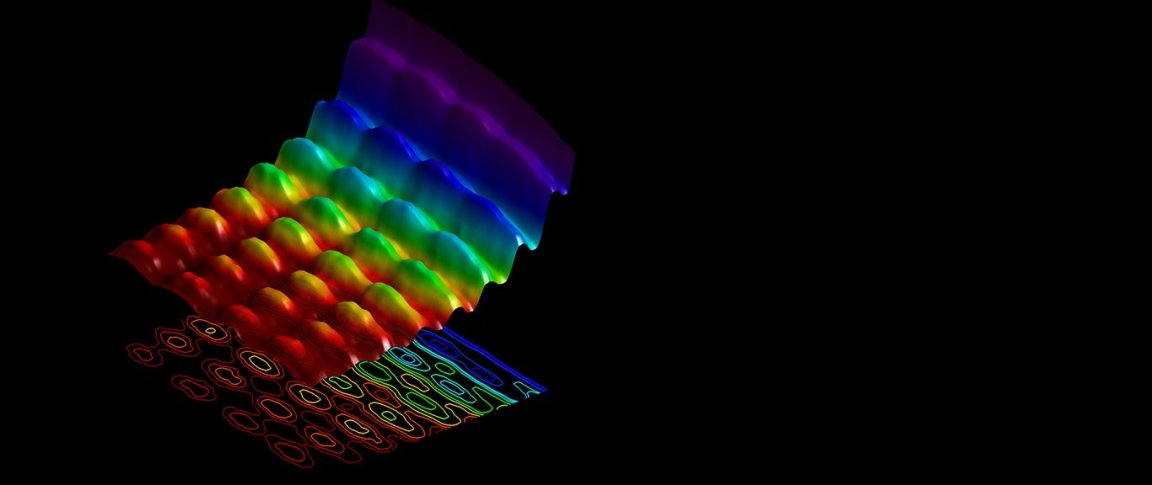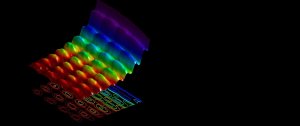

For some time, we have known that light is both a particle and a wave. At least, it behaves like a particle and a wave; however, seeing both at the same time is no easy feat. For decades, scientists have been trying to directly observe both of these features. Now, they have finally done it. For the first time ever, scientists have captured a snapshot of this duality.
Although quantum mechanics tells us that light simultaneously acts like a particle and wave, until now, we have only been able to observe its wave-like or particle-like properties…we could only see it as one or the other. Yet, thanks to a surprising new approach, scientists from École Polytechnique Fédérale de Lausanne (EPFL) in Switzerland have brought us a new glimpse of the physics that underlies our everyday experience.
In work that is published in Nature Communications, scientists announced that they were able to observe particle-like and wave-like properties of light. The research team, which was led by Fabrizio Carbone, used electrons to catch an image of the dual nature of light.
How They Did It:
The scientists used a pulse of laser light fired at a tiny, metallic nanowire in order to successfully see the fingerprint of light behaving as both a particle and a wave. This was possible because, as the University of Oregon notes, a laser is a devices that produces a very intense beam of light, which is of a very pure single color (as a aside, this light beam can be so intense that it can vaporize the hardest and most heat-resistant materials). Since it is so intense, the laser allowed the scientists to add energy to the charged particles in the nanowire, causing them to vibrate and move.
Ultimately, the light travels along this nanowire in two possible directions, and the key to the experiment rests upon when two light waves meet. When two waves that are traveling in opposite directions come together, they form a new wave that, for a moment, looks like it is standing in place. This standing wave is ultimately at the center of this experiment.
Next, the scientists took this standing wave of light, and they fired a stream of electrons close to the nanowire in order to capture an image of the wave. As EPFL notes, “the electrons interacted with the confined light on the nanowire, they either sped up or slowed down. Using the ultrafast microscope to image the position where this change in speed occurred, Carbone’s team could now visualize the standing wave, which acts as a fingerprint of the wave-nature of light.”
But while this phenomenon is able to show the wave-like nature of light, it also shows its particle aspect.
Ultimately, when the electrons pass by the standing wave of light on the nanowire, they “hit” the light’s particles (aka, photons). Because this affects their speed, making them move faster or slower, it causes an exchange of energy “packets” (quanta) between the electrons and photons. The very occurrence of these energy packets shows that the light on the nanowire behaves as a particle. So this amazing image also shows many electrons revealing the “fingerprint” of light itself.
“This experiment demonstrates that, for the first time ever, we can film quantum mechanics – and its paradoxical nature – directly,” says Fabrizio Carbone. In addition, the importance of this pioneering work can extend beyond fundamental science and to future technologies. As Carbone explains: “Being able to image and control quantum phenomena at the nanometer scale like this opens up a new route towards quantum computing.”